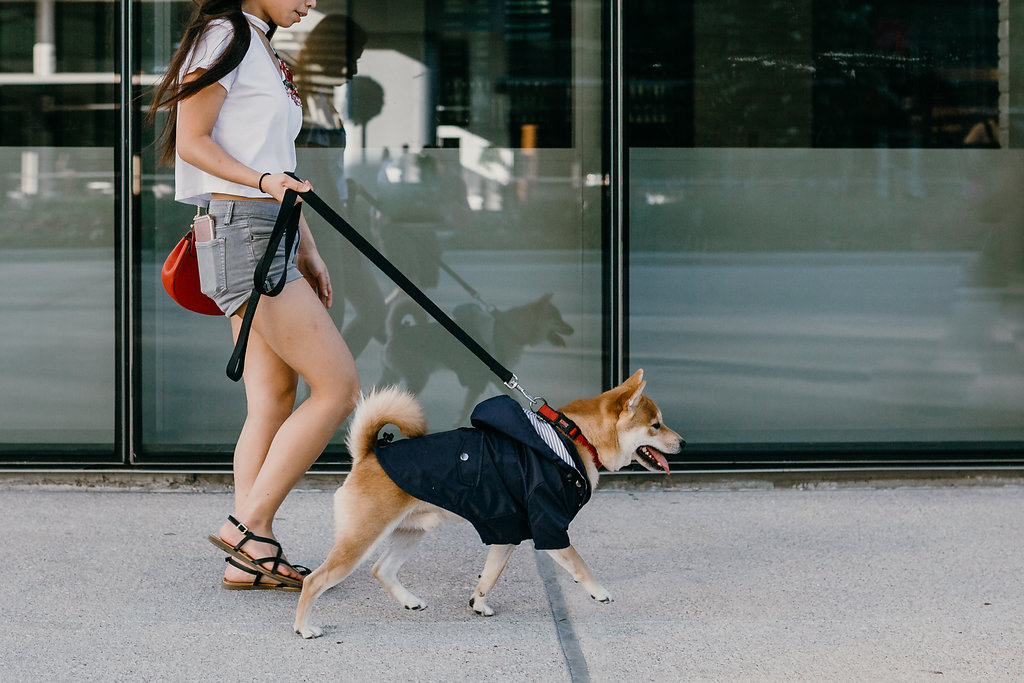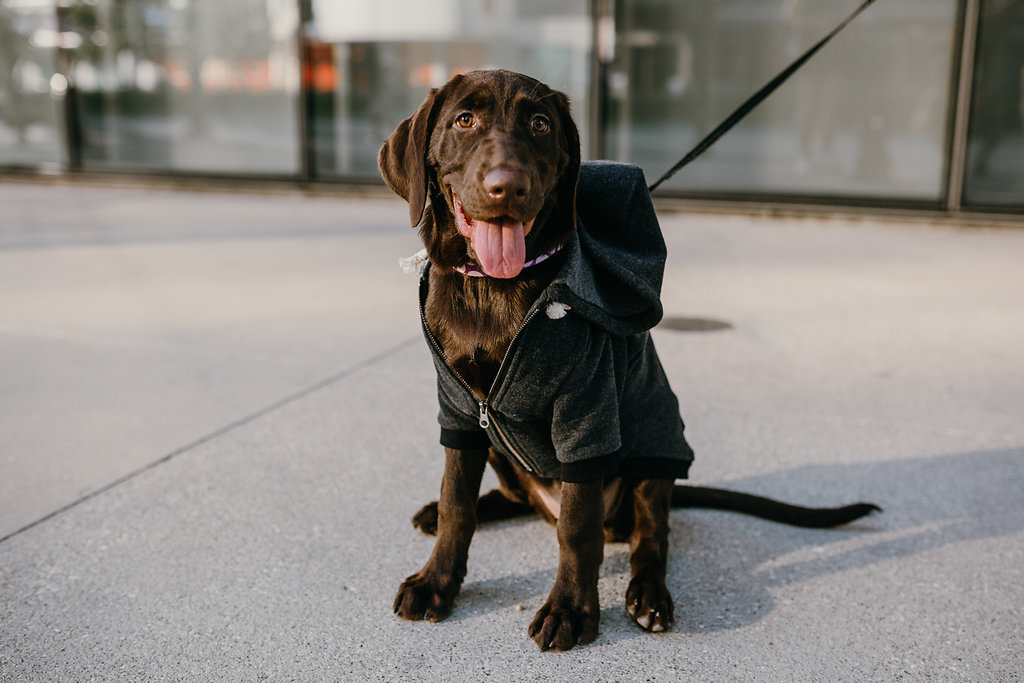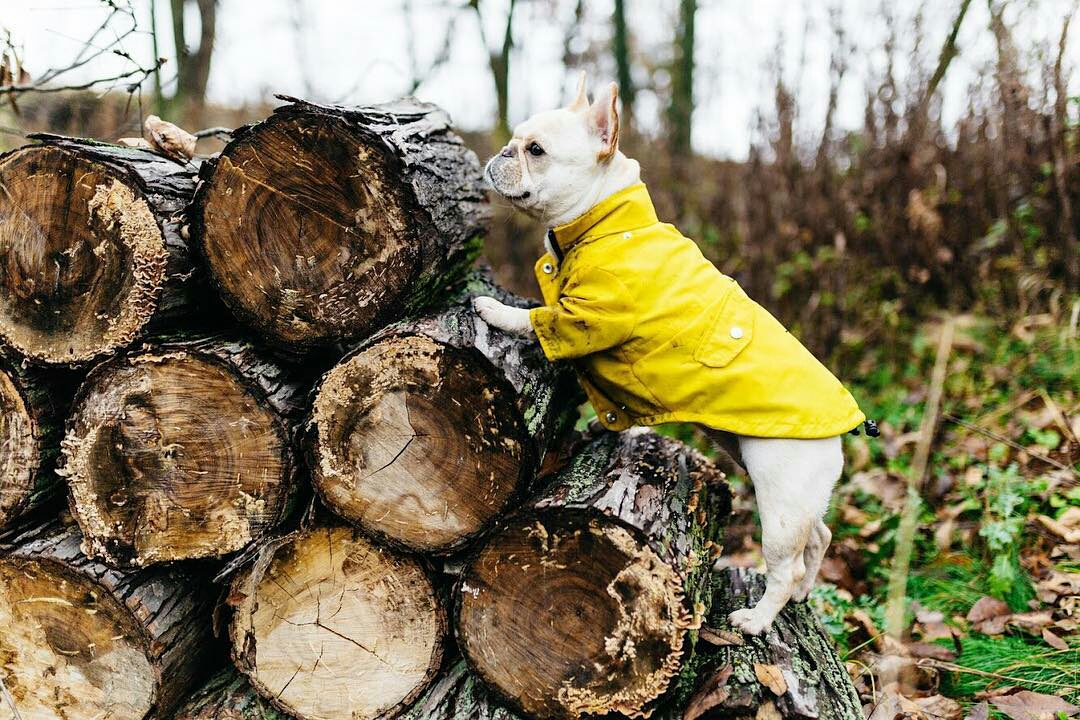With the wide variety of clothing available for dogs choosing the right size can be overwhelming. For dogs, wearing anything on their bodies is an alien idea and they cannot be comfortable with the experience if they feel their movement has been hindered or constricted.
Improper fit is not only uncomfortable but dangerous too. Loose garments can tangle in your dog’s legs or make them fall down over their eyes creating a safety hazard. When the fit is too tight, it can interfere with breathing and natural movement or damage blood circulation. Besides, just like humans, dogs look aesthetically better in properly fitted clothes.
Why You Shouldn’t Assume Based On The Breed
Choosing the size of your dog based on a list of breeds may not be an accurate method. This is because individual dogs vary in physique
and size, just like human beings. However, a list of breeds can be used as a suggestion. The usual size ranges such as small, medium, and large can also be misleading. One person’s idea of a small dog is most commonly another person’s idea of a medium size dog. The only accurate way of choosing the right apparel for your dog is using the actual measurement of the dog.
Here, is a detailed sizing guide to help you choose the right apparel and frill for your dog.
The Measurements
For most basic garments such as jackets, coats, vests, and shirts, you will require three basic measurements of a dog’s body. These include the neck, top line (back), and girth (chest).
Measuring the neck: The neck measurement is taken all the way around at the place where a collar would naturally rest.
Measuring the back: The Top line is the length of the back of your dog. It is measured along the spine between where the neck and the tail join the body (from the raised part of the back between shoulders of the dog to the base of tail).
Measuring the chest: The Girth (Chest) is the biggest part of your dog’s rib cage. It is measured all way around, generally just behind the dog’s front legs up and around just behind the withers.
What You Need to Take the Measurements
- The dog
- A level surface where the dog can stand on
- A measuring tape that is flexible
- A pen and piece of paper to note down the measurements
- And of course, a way to keep your dog from jumping off while you are measuring
When you have everything ready, have your dog stand straight on a flat surface with all legs spaced normally and begin taking his or her measurements. Once all measurements are taken, compare it with our sizing chart and add about an inch for comfort. Please note that the measurements on our sizing chart reflects the actual measurements of our clothes.
Frequently Asked Questions (FAQs)
What units are these measurements in?
All the measurements are measured in inches.
My dog has a lot of fur… Should I include that too?
Yes, absolutely. Fluffier breeds should have their fur compressed slightly but comfortably when taking their measurements.
What if my dog is between sizes?
If your dog is between sizes then we recommend that you size up. A little more room is much more comfortable for the dog than it being tight.
What exactly does the sizing chart reflect?
The sizing chart reflects the exact measurements of our clothes. You should leave up to 1″ for comfort



